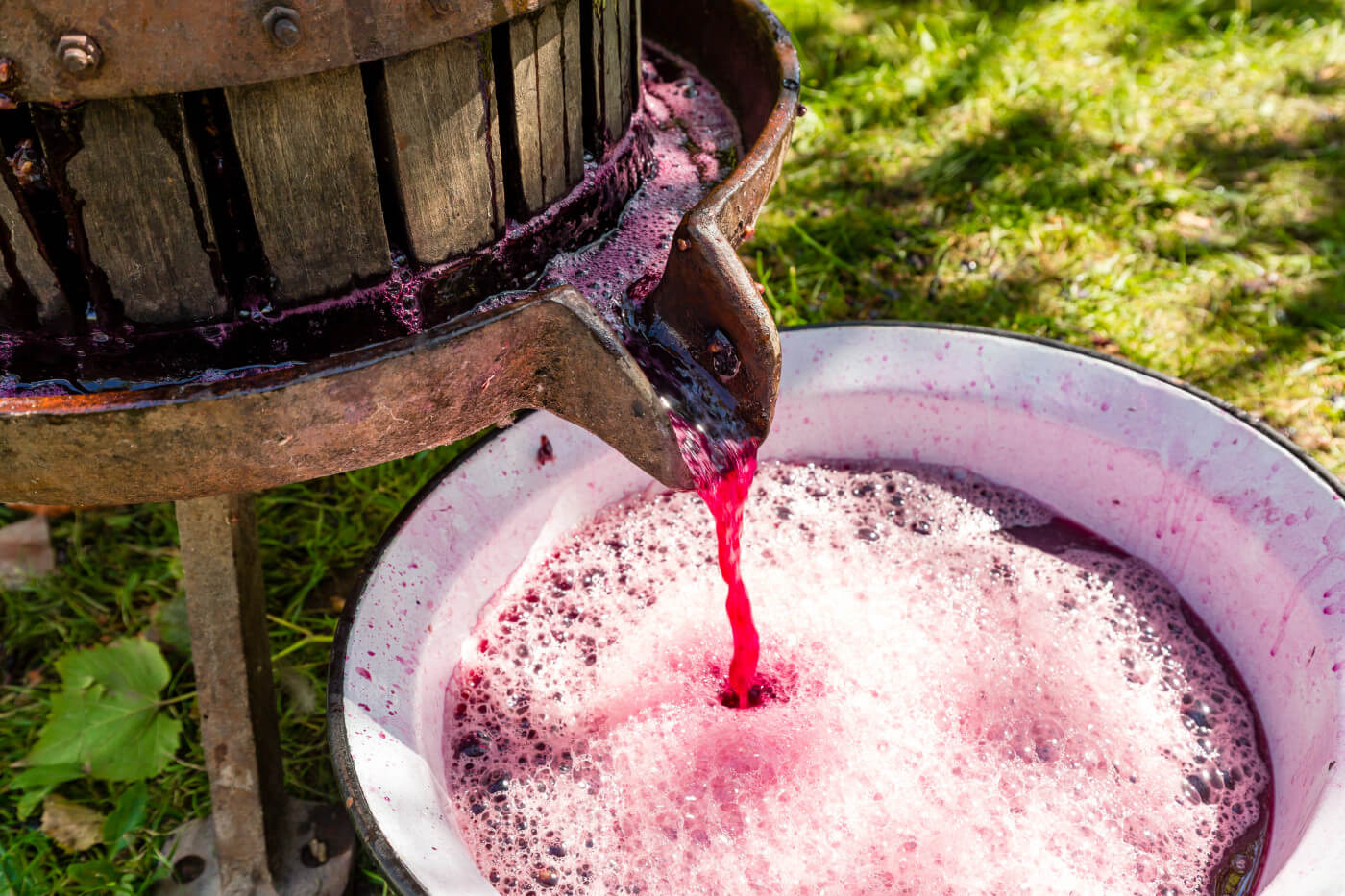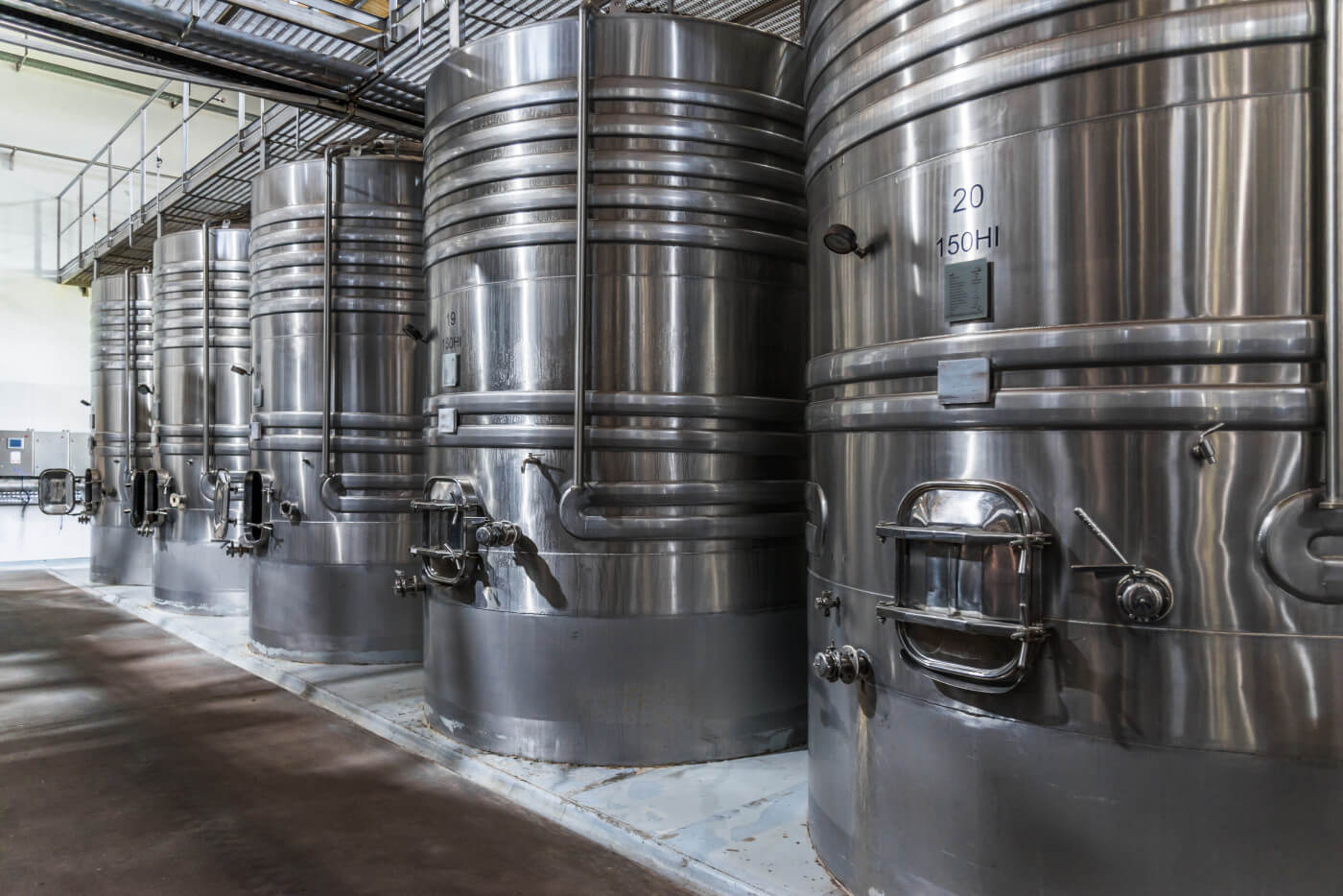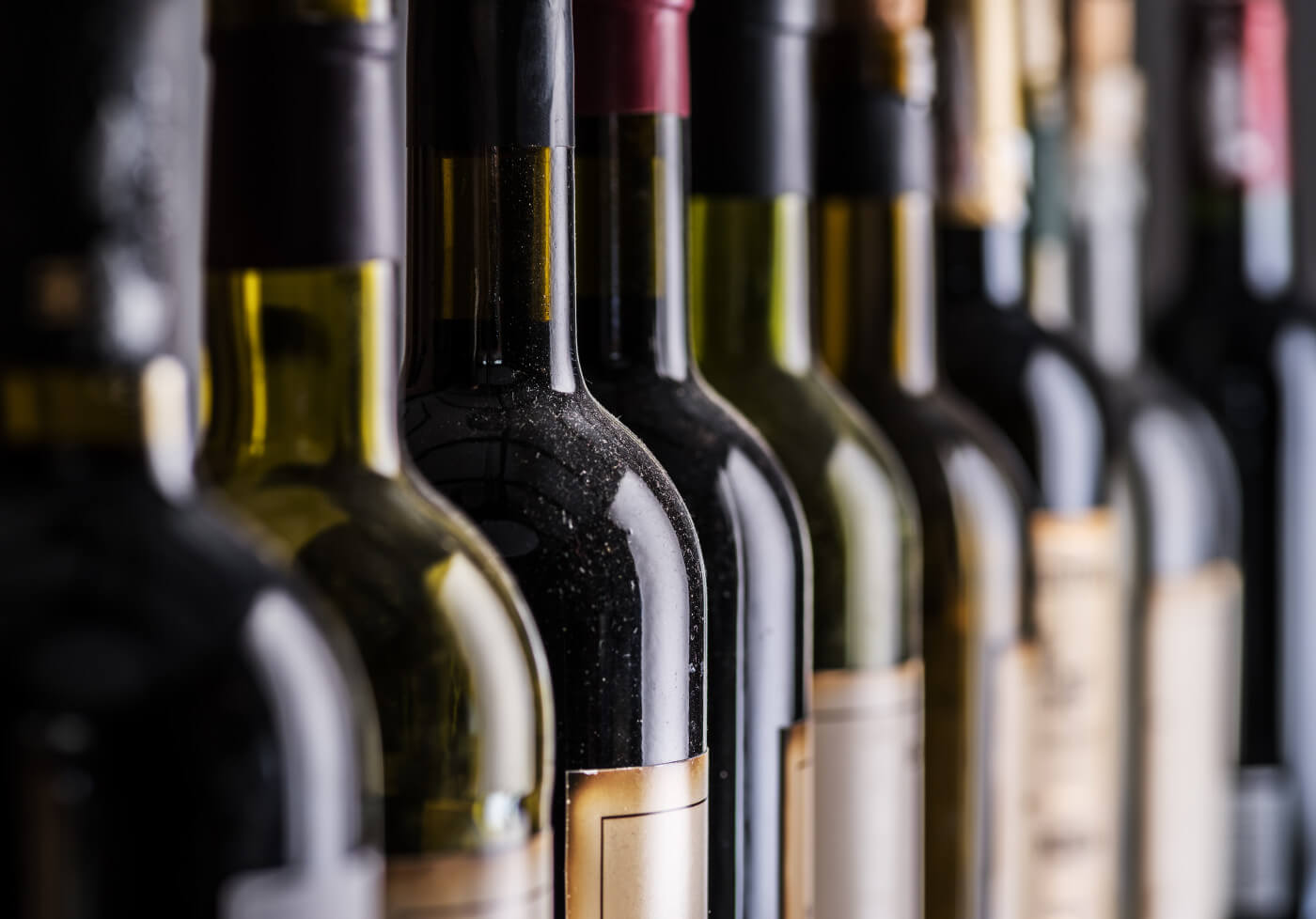How is Wine Made? The Journey from Grape to Bottle
Wine has been a staple of modern cuisine for hundreds of years, but even seasoned wine drinkers sometimes aren't aware of how their favorite drink is produced. Wine is produced through a 5-step process that includes harvesting, pressing and crushing, fermentation, clarification, and finally aging and bottling the wine. Millions of people around the world drink wine every day, but how many of them know how wine is made? Learn more about some of the amazing processes involved in producing wines all around the world.
Wine Harvesting
Just like winemaking, harvesting wine is a complex process that must be scheduled to take advantage of several factors ranging from weather conditions to the needed workforce. Winemakers can use indicators like pH and Brix level as a preliminary indicator of readiness, but the exact time to harvest grape clusters depend on the grape variety: harvesting too early can make the wine bitter and underdeveloped, but late harvesting can cause the tannins to over-smoothen and fails to provide the wine with its required structure or acidity level.
By checking the vines on a regular basis, wineries and vineyards can gauge the grapes as they approach ideal ripeness, changing color and becoming bigger in size. Other factors considered during this harvesting stage include skin thickness, seed color, berry texture and stems that start to become brown. The ideal wine grape will have a balance between sugar, acid, tannin and aromatics that will influence the profile of the final wine. Some decades ago, the harvest was done exclusively by hand; today much of the harvest is done mechanically, although many wineries still maintain this practice.
 Harvesting of the wine grapes
Harvesting of the wine grapes
Pressing & Crushing
During this phase, the grapes are crushed and all of the components of the grape (pulp, juice, seeds, skin) are mixed together to interact. Juice flows from the grapes and turns the mixture into a wine must. The grapes are also pressed, which separates the solids and other fibrous materials from the juice of the berry. These processes are done together occasionally, but other times can be spread out by hours or even several days.

Crushing and Pressing of the Wine Grapes
Fermentation
During fermentation, crushed grapes are mixed with particular yeasts under the supervision of oenologists (a wine specialist) to turn it from grape juice into wine. Even though the process is simple in theory, in practice it has a lot of factors that must be managed; from vat management to complex chemical reactions taking place in the wine. During this process, the yeast will 'eat' the sugar in the grapes and release alcohol. Additional rounds of fermentation also remove unwanted components of wine, such as wine crystals and malic acid.
Commercial laboratories produce dozens of yeast strains for winemakers to choose, depending on the grape variety and type of wine they want to produce. However, it’s not always necessary to add yeasts. Native yeasts are already present in every vineyard and winery, on all surfaces and on the grape skins. These tiny yeast cells will start their work when exposed to the juice, begin to feed on the sugar and multiply. Usually during this phase other products are added to prevent bacteria and fungi attack.

Fermenting the Wine in Steel Vats
Clarification
During the production of wine, there are multiple chemical processes that take place; from the grapes and yeasts interacting inside of the bottle, to the effects that aging a bottle in different woods have on the taste and flavors. Some of these complex processes result in insoluble materials being left in the wine, so clarification works to remove these impurities using gravity in a vat. After fermentation, the solid materials fall to the bottom of the vat, and after a couple rounds of siphoning and 'racking', the juice will be clarified and stabilized so it contains no solids.
Aging & Bottling
You might have heard about wine 'aging' before, and it is literal in meaning. After the wine is clarified and clear of solid materials, it can be transferred into a barrel for storage and aging. During this aging period in the barrel, wines change their characteristics: acidity can decrease and flavors and aromas have time to develop in the bottle. The wines can be aged for as little as a few years, all the way up to 20 years for some of the best red table wines. Before bottling, wines are blended to remove any further impurities, solids, or differences in the wine between barrels.

Aging and Bottling of Wines
What Grapes Are Used in Wine?
All Wine grapes, regardless of flavor or wine you want to produce, are part of the “vitis vinifera” species. Different grape varieties, ranging from white to black, are used to produce different styles of wine just like still white and reds, sparkling wines, sweet wines and other unusual styles. Your favorite wines, Cabernet Sauvignon, Pinot Noir, Chardonnay -- they are all types of wine grapes used to create the wine varietals of the same name.
It is also important to distinguish two different winemaking techniques: white winemaking and red winemaking.
White Winemaking Process - How is White Wine Made?
Freshness is crucial to make quality white wine. Typically, harvests for white wines take place early in the morning when the grapes are cool in temperature. The grapes are then delivered quickly to the winery in bins, trailers or on truck beds. They’re pressed in a matter of hours to get the juice and pulp out of the skins. Grapes harvested by hand are often left in cluster of bunches with the stems; those harvested by machines are destemmed so there are only grape berries.
Whole bunches (hand-harvested) usually go through a destemming machine used to separate the grapes from the stems. After this step, grapes are crushed in order to release the juice that will become wine after fermentation. Winemakers that seek a more classic, and usually higher-priced, white wine use bunches or clusters into the press whole.
The crucial step of white winemaking is the skins management. In fact, the skins of the grapes are separated from the must right after crushing, so the liquid doesn’t absorb any flavor and compound from the skins. The must also doesn’t absorb any color compound, so that’s the main reason why the wine will be a white one. When yeasts are added to the sweet grape juice, they convert sugars to alcohol, consuming oxygen and producing carbon dioxide and heat. The winemaker must oversee the entire fermentation, managing the temperature of the must.
Red Winemaking Process - How is Red Wine Made?
Red winemaking is pretty similar to the white wine, but there are two key differences: the grapes used are always black in color and the skins are not separated from the grape juice after crushing. The skins are kept in contact with the must from some days to 25-30 days in a process that is called “maceration”. Maceration allows the must to absorb color and tannins from the skins of the grape, becoming red and adding texture and body. The maceration process creates completely different aromatics, compared to a white wine, that ranges from red cherries to blackberries and plums.
Almost all red wines need to age before being bottled and sold. The process can take from a few months to some years in big tanks, but oak barrels and vats are preferred for high-quality, traditional-style red wines. Winemakers use barrels to impart aromas, flavors and texture to the wine. New barrels give more intense spicy aromas and enhanced flavors, compared to used oak barrels. French oak barrels are about twice as expensive than American oak barrels, giving to the wine vanilla, cloves and licorice aromatics. On the other side, American oak imparts sweet spices and coconut aromas to the wine.
Winemakers may adjust red wines that taste too tannic or appear hazy by fining using the binding abilities of egg whites, isinglass or bentonite clay. These agents gather unwanted substances and then fall to the bottom of the tank or barrel, then they are racked off. Finally, blending is an important step to make red wine. The winemaker can add complexity and perfect balance by blending together wine from different barrels and tanks.
The Most Common Grape Varieties
Some of the most common grape varieties used all around the world come from France, the homeland of some of the most famous grape names. Cabernet Sauvignon, Merlot, and Bordeaux, in Southern France, and Chardonnay and Pinot Noir from Burgundy are some of the most popular and high quality grapes that were able to spread all over the world. They are versatile and can create high quality wines in different locations and climate conditions. Moreover, the colonization process helped these grapes to spread in the New World countries. These grapes brought with them the classical French winemaking style, helping the country to become the benchmark for winemakers all over the world; as a winemaker, it is crucial to work in France at some point during an entire career. However, different winemaking styles are becoming more and more popular during the last decades, thanks to the arise of biodynamic and natural wines, completely different compared to classical conventional wine styles.
There are leading countries, just like Italy, that display a completely different grape variety range compared to the French ones. In fact, these countries grow different indigenous grapes in specific locations all around the countries, creating small and historic wine products. These wine styles can only be made in a specific location within the country, not being able to reach the same quality in another place, just like Barolo or Brunello di Montalcino in Italy. This complexity adds value to the wine market and to the country, on one side, but it is much more difficult to communicate to a final customer in a globalized market. These grape varieties are obviously less known and they are studied only by true wine lovers.
We hope that you enjoyed learning about how wine is made, and it might surprise some that the process isn't as straightforward as they once believed. Next time someone asks you how is wine made, you'll be able to answer them! To learn more about wine, please check out some of the other blog posts from BuyWinesOnline.




